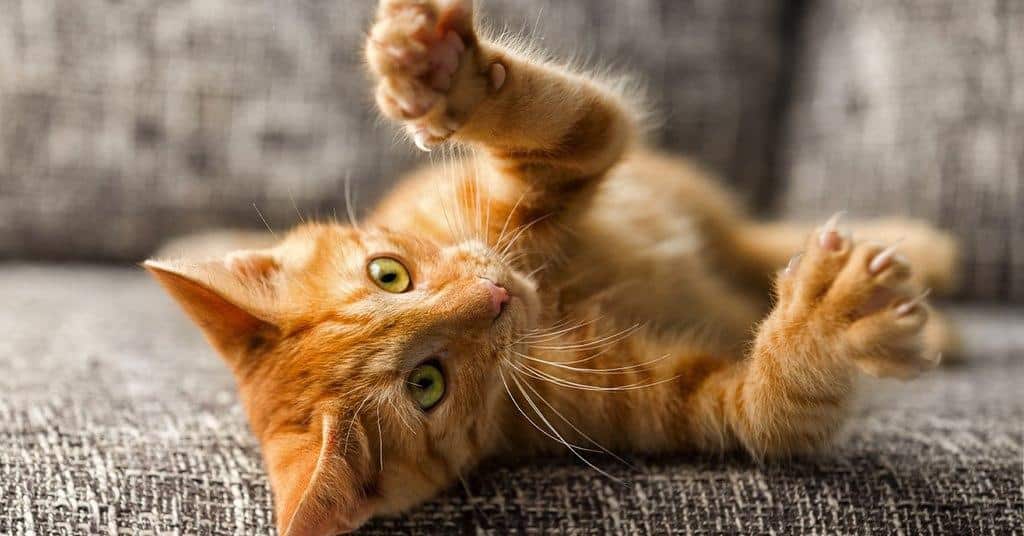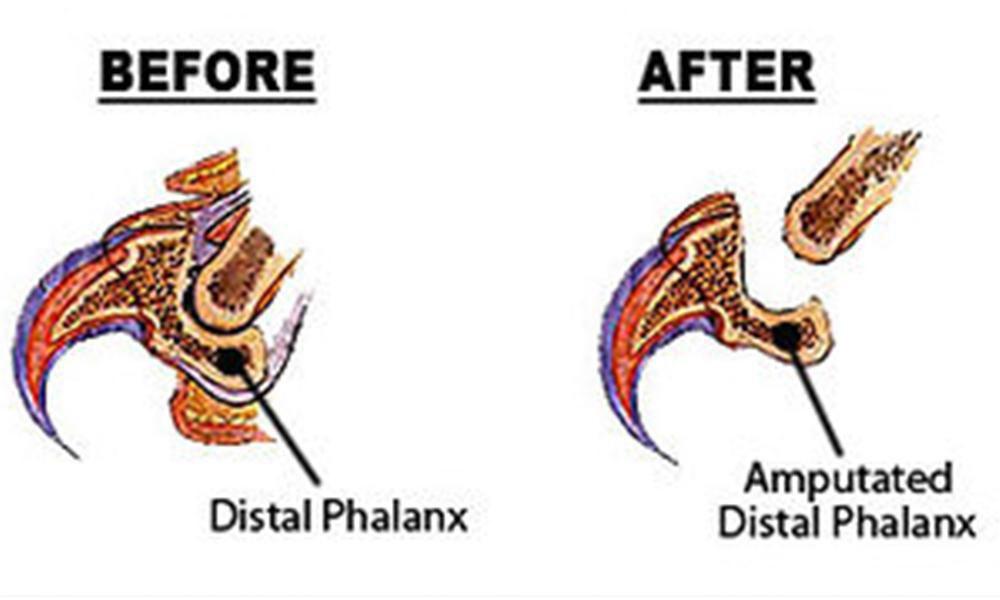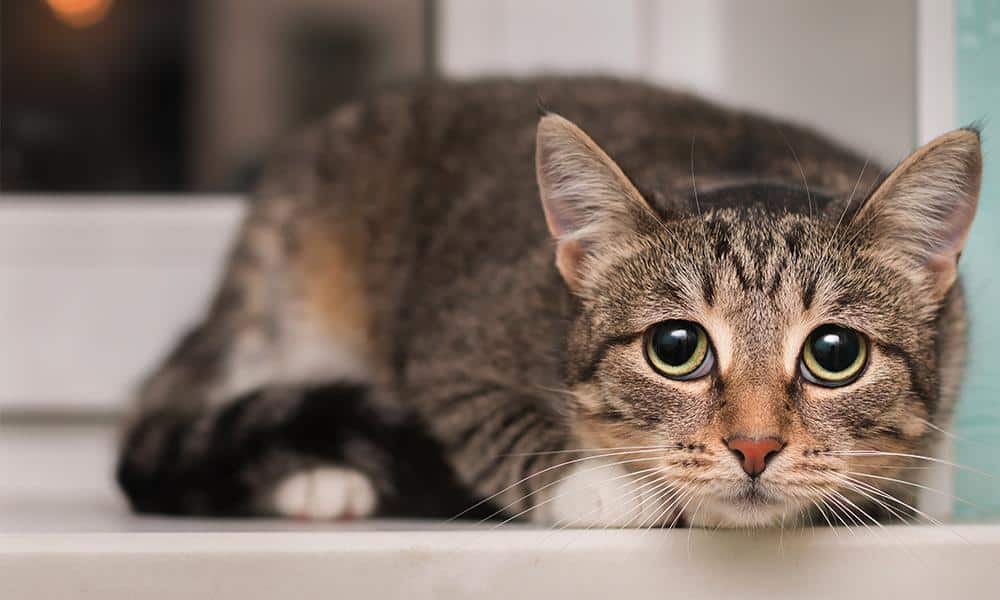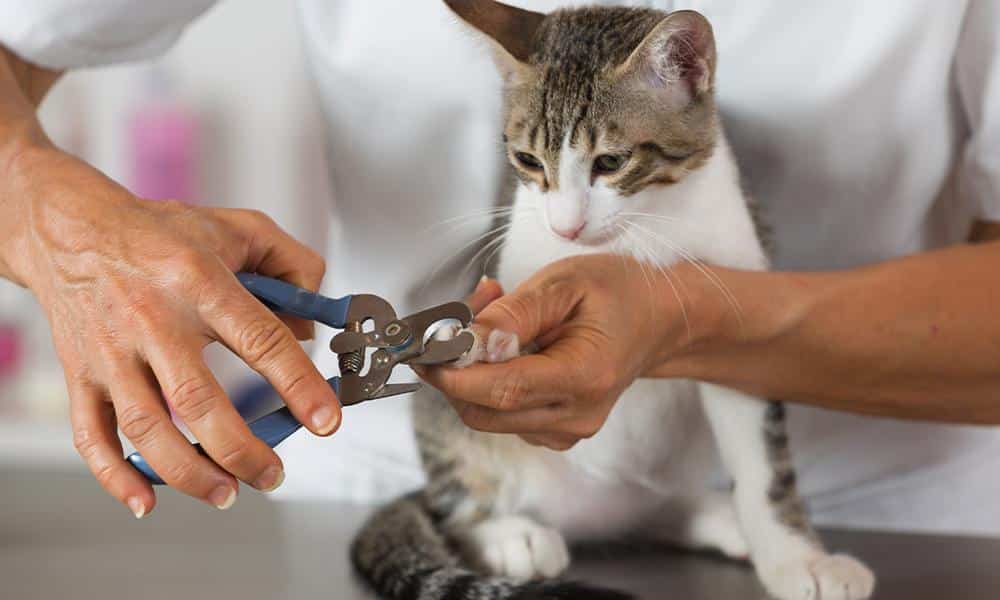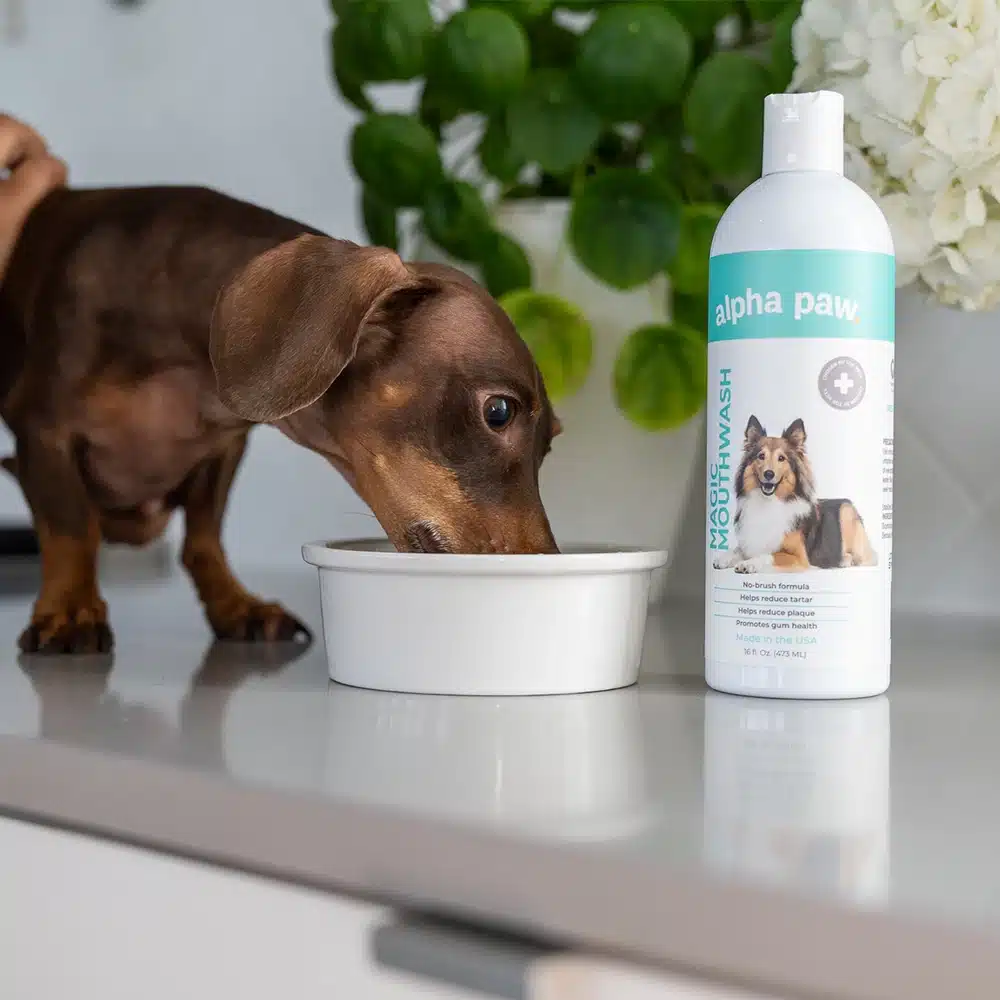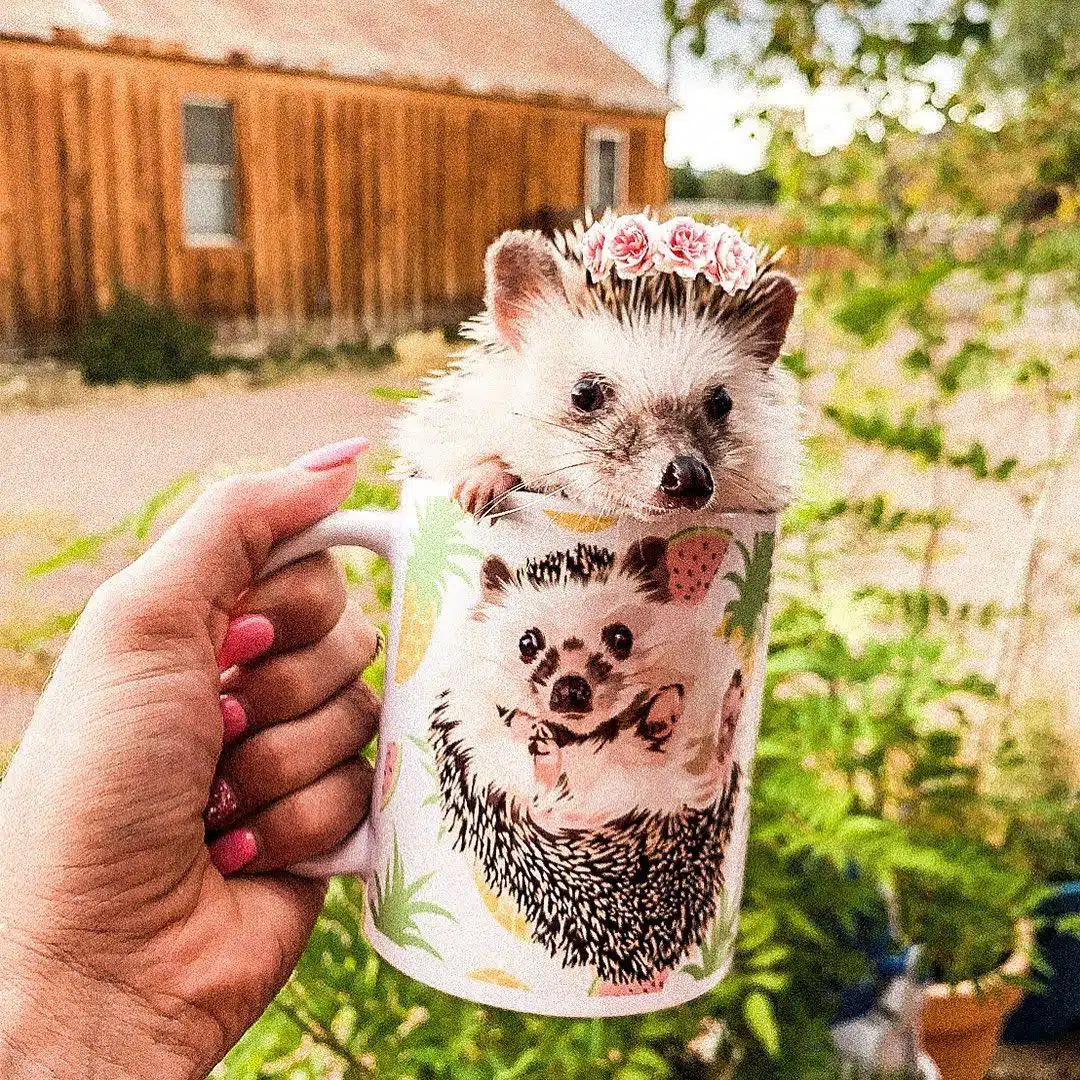The Biggest Debate in the Cat Community
One of the biggest debates in the cat community is whether or not a cat should be declawed. The biggest argument for declawing a cat is to prevent scratching and ruining furniture.
But what if you found out that declawing your cat could negatively impact it’s health? Suddenly, the damaged furniture might not sound like such a big deal anymore, especially when considering there are alternative methods to stopping your cat from scratching everything is sight.
Let’s start with the basics:
What is Declawing?
More often than not, people are led to believe that declawing is a simple surgery that removes a cat’s nails, something like the equivalent of having your fingernails trimmed. Unfortunately, this is not the truth.
Declawing traditionally involves the amputation of the last bone of each toe. Look at it this way: If performed on a human, that would be like cutting off each finger at the last knuckle.
How is a Cat Declawed?
According to the Humane Society,
“The standard method of declawing is amputating with a scalpel or guillotine clipper. The wounds are closed with stitches or surgical glue, and the feet are bandaged.
The One Thing Pet Owners Regret Not Doing Until It’s Too Late
Is your pet safe?
1 in 3 pets will need emergency veterinary treatment each year and it is estimated a pet receives emergency care every 2.5 seconds in the U.S.
The average cost of treating a broken bone in dogs is $2,700. Cancer treatments? Up to $10,000.
It’s why so many pet owners say their biggest regret isn’t the vet bill—it’s not having pet insurance when they needed it most.
Ask yourself: “If an unexpected $5,000 vet bill hit tomorrow, could I afford it?”
If the answer is no, it’s time to get covered.
Take a look at Lemonade. They have a great app that actually works, they have an instant chatbot that is faster and, dare we say it, friendlier than most companies’ “real” customer service and a quick scroll through Reddit will uncover… people are really vibing with this brand.
So go check them out and take a look. It takes less than a minute.
Another method is laser surgery, in which a small, intense beam of light cuts through tissue by heating and vaporizing it. However, it’s still the amputation of the last toe bone of the cat and carries with it the same long-term risks of lameness and behavioral problems as does declawing with scalpels or clippers.
A Few Negative Affects of Declawing
1. Pain in the paw
2. Risk of Infection
3. Tissue necrosis (tissue death)
4. Lameness and back pain.
Removing claws changes the way a cat’s foot touches the ground and this can cause pain that is similar to wearing an uncomfortable pair of shoes 24/7. There is also the risk of regrowth of improperly removed claws, nerve damage, and bone spurs.
For a few days post surgery, people typically use shredded newspaper in the litter box to prevent litter from irritating declawed feet. This unfamiliar substitute, accompanied by pain when scratching in the box, can potentially lead cats to stop using the litter box and relieving themselves all over the house instead. Also, note that some cats may become biters because they no longer have their claws for defense.
Some Tips To Help Prevent Unwanted Scratching in your Home
1. Keep their claws trimmed to minimize damage to household items.
2. Provide stable scratching posts, boards, and ramps around your home. Offer different materials like carpet, sisal, wood, and cardboard, as well as different styles (vertical and horizontal). Use CatNip to entice your cat to scratch these surfaces.
3. Ask your veterinarian about soft plastic caps that are glued to the cat’s nails. They need to be replaced about every six weeks.
4. Attach a special tape to furniture to deter your cat from unwanted scratching.
Thank you for taking the time to read this
We hope you found this article helpful in providing the best life possible for your cat. What do you think of declawing? Let us know if the comments below.
80% of Dogs Develop Arthritis or Joint Pain by 7 Years old – Here’s How to Protect Them
Most of us train our dogs when they are puppies to jump up on furniture. We think it’s harmless (and easier than always lifting them), but for dogs, couches and beds are very high compared to the size of their bodies.
Every time they jump it compresses their back and applies enormous force to their joints.
It’s no wonder that an incredible 80% of dogs experience arthritis or joint pain by only 7 years old.
Luckily, there is a vet-recommended solution.
It’s the PawRamp by Alpha Paw. An adjustable ramp that allows dogs to safely get on and off couches and beds. PawRamp makes joining you in bed or on the couch effortless and fun.
As a bonus, you can use code SAVE35 to get $35 off the PawRamp today.

